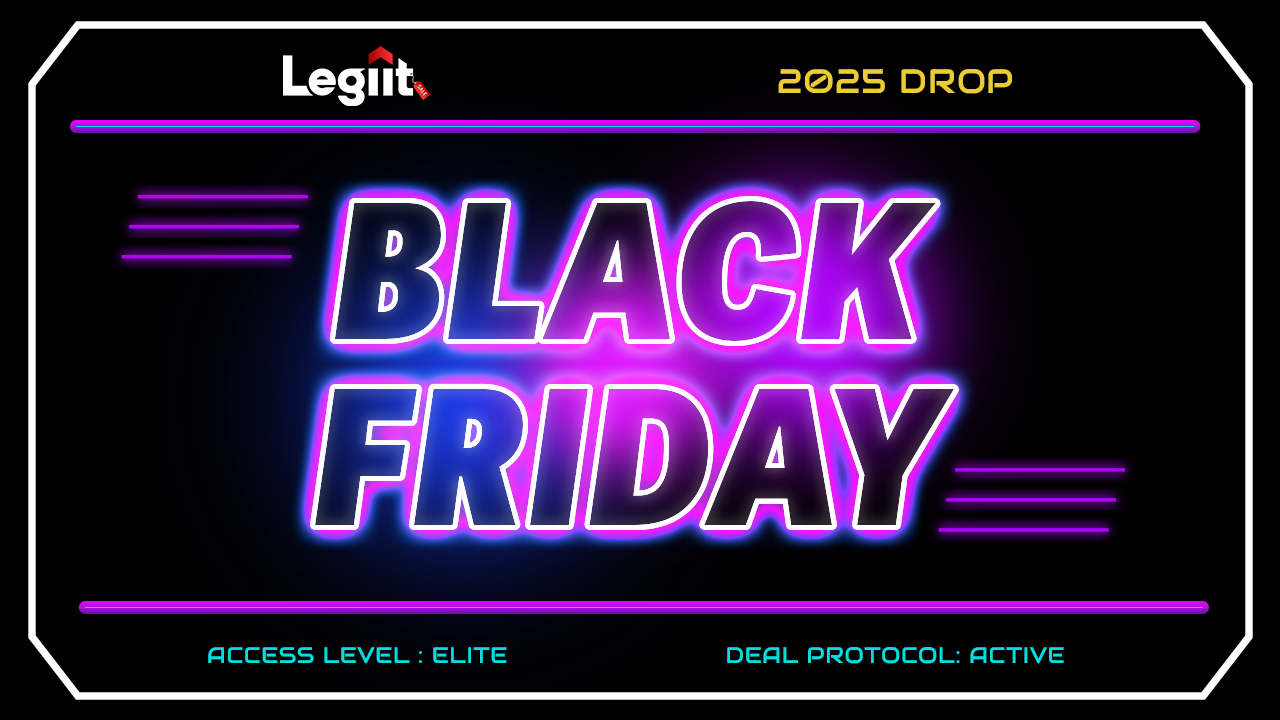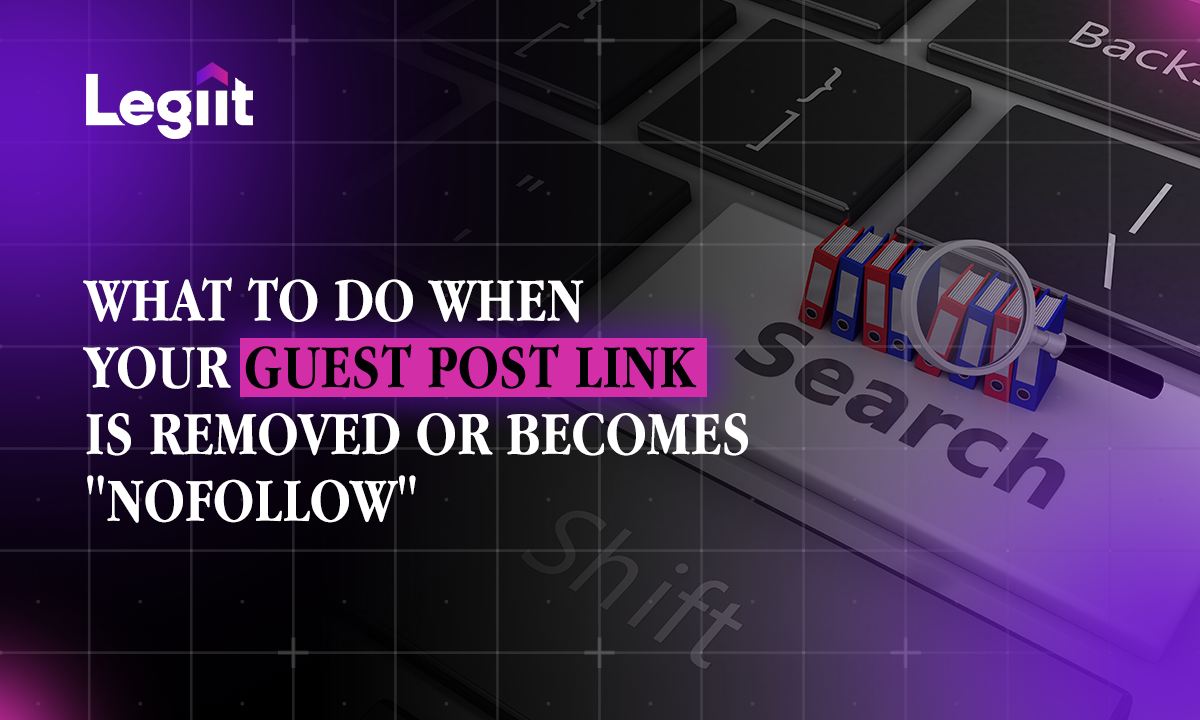It’s time to find out…
In our other articles, we’ve talked about link building—what it is, and some of the strategies, best practices, and tactics that we find applicable and working for SEOs today.
You may need those strategies right now and first; perhaps the best link-building tactic is to gain editorial links.
Let’s first define an editorial link and then dive deep into more complicated—but helpful stuff about this type of link. The goal here is to empower you with knowledge that can help you learn and leverage these types of links for your SEO success.
Let’s find out.
What is an editorial link?

An editorial link or earned link is an organic link your site earns from another site that is not asked for or paid for.
These links are the most valued and desired backlinks in SEO—or, at least to search engines—because they make your backlink profile strong and do not violate any of their policies.
In most cases, your site will earn these kinds of links because it is perceived as having good, and helpful content and marketing techniques.
These are the kind of links we prefer at Legiit and that’s why we publish high quality and helpful content—like the one you’re reading now—that other site owners want to link to for the benefit of internet users.
For example, product pages are not likely to earn editorial links. However, if you create a helpful guide on how to use the product, you can earn important editorial links because websites and bloggers want to recommend them to their readers.
Having said that, let’s take a look at examples of editorial links—how they’re known.
What is an example of an editorial link?
Editorial links come in various shapes and designs. Here are the common ones:
- A link in an online news publication like Forbes that references your site.
- A link on an Internet magazine that refers to a brand with a URL link.
- A published research paper that cites your website as a resource.
- An expert roundup post that features your business with a backlink.
- A link in a published interview with a URL to your site.
These are links you earn naturally because the other editors and webmasters feel it’s awesome and not linking to you will be a disservice.
Benefits of Editorial Backlinks in SEO

Search engines like Google consider backlinks from other websites to be votes of confidence for your site. Therefore, having quality links signals to search engines that your content is relevant and valuable.
That’s the role editorial backlinks play in your SEO. Let’s get into detail and explain how this takes place.
#1. Higher rankings
Editorial links have a greater SEO value because they don’t violate Google’s Spam Policies and tend to come from authoritative sites.
As a result, your keywords will rank higher in the search engines giving you the much-needed traffic and exposure to your target audience.
So, it's fair to say, that with each backlink you earn, your link diversity continues to improve thereby building a strong backlink profile for your website or that of your clients.
#2. More Authority for Your Website
Another benefit of editorial backlinks is that they help increase the authority of your website.
That’s because online publications like The Entrepreneur, Forbes, and the rest of the best editorial websites that may link to your site tend to have high domain authority.
Therefore, with each editorial link you acquire, you earn more PageRank value your site receives. You can then build internal links within your pages to distribute the link juice you get from editorial links, ultimately increasing your Domain Authority.
Interesting, right? Next…
#3. Increased Web Traffic
We’ve talked about ranking higher for your target keywords already in #1 above. The next value your site gets with editorial links is increased visibility and website traffic.
An industry study carried out by Ahrefs says that the more backlinks a page has, the more organic traffic it gets from Google, and the top-ranking page gets the most search traffic only 49% of the time. So, what does that mean to you?
Continuously getting editorial links on your site can help you rank higher on the SERPs thereby exposing you to a wider audience that will;
- Click on your pages
- Subscribe to your newsletter
- Inquire and purchase your products and services, and
- Share with their friends and family.
#4. More Brand Awareness
Publication sites like World Report and the Washington Post receive millions of website visitors each day. If they mention and link you in their posts, you’re going to receive a huge chunk of that traffic.
This means a mention on such sites is a direct promotion and vote of confidence that demonstrates your site or brand is an expert in what they do. At the end of the day? More brand awareness to people who were not initially aware of your business.
#5. Better Market Positioning
The next benefit that your site will get because of editorial backlinks is a clear and better position in the market—and a competitive edge.
Just as explained in the previous benefits, the more you can capture eyeballs and minds of your audience in the search engines by topping the search results, the easier it will be to gain website traffic, customer leads, and sales.
#6. A Cheap Option To Build Quality Backlinks
According to Ahrefs, the cost of getting links through other methods like buying on average is $361.44 and that of a paid guest post is $77.80.
However, the cost of buying an editorial link is ZERO—but that’s not the catch, you still have to invest in creating helpful and engaging content.
The real catch here is that you don’t have to engage in time-consuming cold outreach to get the links.
Awesome.
#7. Building Effective Relationships
Last but not least, editorial links are a good place to start building relationships that matter in the industry.
For example, if you notice a certain website, blog or publication has been linking to you for a while, you can reach out to them and say thank you.
The next time you publish another helpful article, it can be so easy to reach out to them and say, Hey, I’ve got this article and I think it can be helpful to your audience if you link on your site.
You can also devise other link building mechanisms (that are also helpful) like broken link building, niche edits, and so on to gain more backlinks to your site.
We’ve looked at some of the benefits your site can get by simply earning editorial links, awesome! But how do you go about getting these links?
In the next section, we’ll take you through easy to copy and step-by-step strategies and techniques.
Let’s do this.
What Content Tends to Earn Editorial Links?
The answer here is you need to publish LINK WORTHY and HELPFUL CONTENT that other webmasters want to link to.
While this looks like an idea, not all content is designed to attract editorial backlinks, only specific types of content can attract these links.
Let’s take a look.
#1. Infographics
Human beings process information visually, so why not communicate with them using visuals?
For example, instead of explaining a step-by-step process on how to use a certain product, you can create an infographic that details the process and then publish it together on the blog.
#2. Create Case Studies
Publishing case studies or evergreen content is another easy method of building editorial backlinks.
You can do this by publishing original research and statistics that bloggers and writers may find useful to cite in their articles.
One way to achieve this is to create content that breaks down complex industry data into a format that is easy to understand. This opens up opportunities for you to get editorial links from sites that wouldn’t have linked to you in the first place.
Finally, this kind of content attracts more editorial backlinks than content that reports on current news or trends thereby giving you a steady flow of traffic from the search engines.
Here are our top tips on how to do just that:
- Make your content as comprehensive as possible
- Add expert insight where possible
- Feature experts in your posts to enrich your posts with other unique insights
- Add screenshots and custom graphics that illustrate your processes, if available
#3. Leverage PR for editorial backlinks
Using press releases as a strategy to build editorial backlinks is another effective way to generate media coverage.
Here are three techniques that we use to earn links from news publications.
- Release new products
- Do something newsworthy
- Create unique, quality content
#4. Become a source
This is a strategy where you leverage your experience and expertise on a particular topic in the industry to gain backlinks in exchange by offering insights and opinions to journalists.
A good example is Help A Report Out (HARO). This is an email service that allows you to receive and respond to questions that journalists and bloggers are looking for information about.
Another classic example is to build relationships by joining Facebook groups like SuperstarSEO Facebook Group, Slack Communities, and private niche communities where these journalists are, and each time they have a question, you become the first person they reach out to.
#5. Unlinked Brand Mentions
This is a strategy where you find where your brand, product, or any related keyword has been mentioned but not linked and then reach out to the website owner and ask them to link to you.
This qualifies to be editorial because these people are already about you and your products, the only problem is they didn’t link to you and can do so if they feel compelled—especially when you reach out to them.
Finally, the goal for every link builder is to scale their efforts and double, or even triple the results of their campaigns. So, if you’re currently getting editorial links—for free, you can pitch them. In other words, promote your assets for more links.
Let’s explain this in the next section.
How to Promote Your Content For Editorial Links

If you love your work, why don’t you pitch it or promote it? Here are some of the strategies you can use to promote your content:
#1. Pitch to sites in your niche
If you’re into infographics and case studies, you can find sites that publish such content in your niche and offer them the content to publish and link back to you.
#2. Build an email list
If you have an active email list, you can use things like newsletters to promote your infographics, guides, case studies, and tools to your audience.
Within those people who have subscribed to your email list, you’ll find bloggers who will publish content and make references to you.
#3. Find resources that are out of date
Look up roundup posts related to your niche that are out of date and reach out to them to link to you.
You can do this through advanced Google search like:
- [INDUSTRY KEYWORD] + “study”
- [INDUSTRY KEYWORD] + “survey”
- [INDUSTRY KEYWORD] + “research”
- [INDUSTRY KEYWORD] + “data”
After you find several good resources, reach out to the site owners and ask them if they can link to you instead.
Editorial Links: Final Thoughts
Let’s sum it up. Editorial link building and Editorial links are valuable links that can skyrocket your SEO campaign.
However, before you can get them, you need to know that you’re the first in line to deliver value that will create attention in the industry. Then slowly, you’ll get people coming up and linking to you.
Do yourself a favor and leverage the strategies discussed in this guide—all the best!














 Download
Download